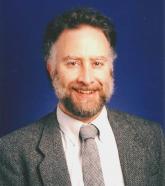Opinion

Believing in conspiracy theories is not delusional
- Author:
- Ronald W. Pies, MD
- Joseph M. Pierre, MD
Publish date: February 5, 2021
Instead of trying to “talk the patient out of” his or her belief, focus on sustaining and strengthening the physician-patient alliance.
